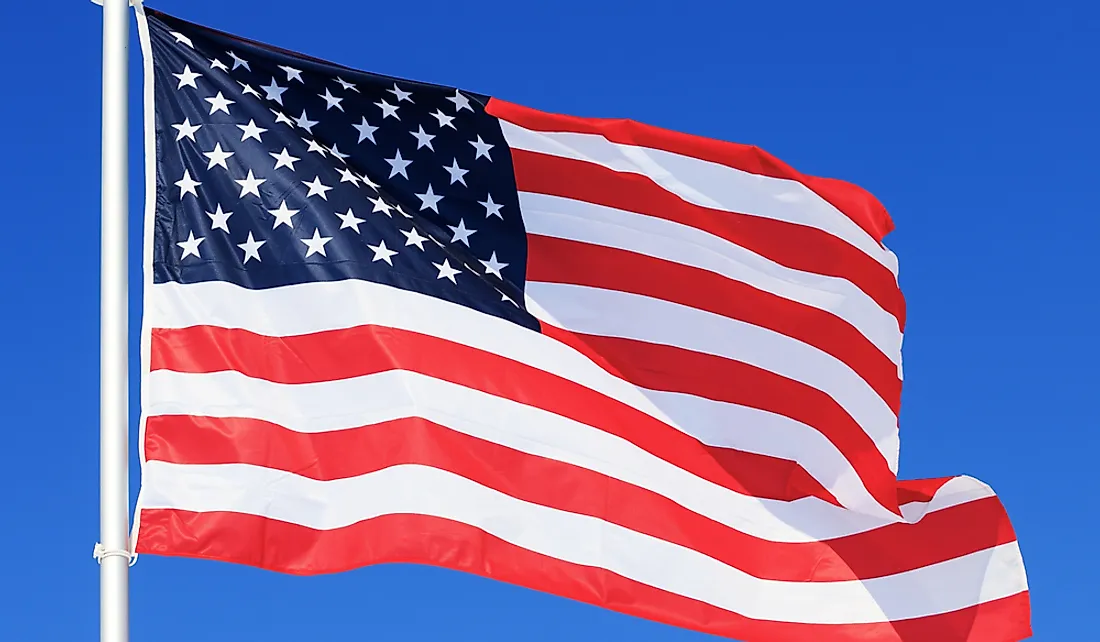Which Country's Flag Has the Most Stars?

Stars are portrayed on several country flags. The flag of the United States has the highest number of stars at 50, followed by the flag of Brazil with 27 stars, and the flag of Uzbekistan with 12 stars. The American flag has numerous nicknames including the Star-Spangles Banner, Old Glory, and the Stars and Stripes. The current 50-star version of the American flag is the country’s 27th flag, and it is the longest-used version of the US flag.
The American Flag
The US flag is made up of thirteen horizontal red and white stripes with a blue canton bearing 50 white stars. The small 5-pointed white stars are arranged in 9 rows. The 50 stars represent the fifty American states, and the thirteen stripes symbolize the 13 British colonies which became the first American states.
The American flag has been modified 26 times since 1977. President Eisenhower ordered the 50-star flag on August 21, 1959, and it was officially adopted in 1960 after Hawaii gained statehood. Hawaii was the final state to join the United States. The 50-star flag has been used for over 59 years, followed by the 48-star flag which was used for 47 years before being replaced on July 4, 1959, by the 49-star version.
Evolution of the US Stars and Stripes Flag
The original stars and stripes flag had thirteen stars representing the Thirteen Colonies, the first original states which included Rhode Island, New York, Virginia, Massachusetts, and Maryland among others. The 13-star flag was used from 1776 to May 1, 1795. Betsy Ross designed the 13-star flag.
The 15-star flag was adopted on May 1, 1795, when Kentucky and Vermont gained statehood. The 15-star flag was used until July 3, 1818, when five more states were added on the blue canton representing Indiana, Mississippi, Louisiana Tennessee, and Ohio. The 20 stars were arranged in 4 rows on the blue canton. The Congress approved Captain Reid’s suggestion of addition of 5 stars, with each star representing the 5 new states on April 4, 1818. The Act also specified that the new flag would become official on the next July 4 after the addition of a new state.
The 23-star flag became official in 1820 after Maine and Alabama gained statehood. 14 more stars were added from 1822 to 1867 symbolizing the addition of 14 new states including Nebraska, Kansas, Oregon, Iowa, and Texas among others.
The more recent alteration of the US flag occurred in 1960 when the fiftieth star was added after Hawaii gained statehood in August 1959. The 50-star flag surpassed the 48-star flag in 2007 becoming the longest-used version of the American flag.
The Future of the US Flag
Puerto Rico voted in favor of joining the United States in 2012, but the results were disputed. The unincorporated American territory held another referendum in 2017, but the turnout was quite low (23%), even though 97% of the people who voted were in favor of the territory gaining statehood.
The District of Columbia held a statehood referendum in 2016 where 86% of the residents voted in favor of the proposal. Therefore if a new state will be admitted into the Union in the future, the flag will have to be redesigned to create room for the new state.











